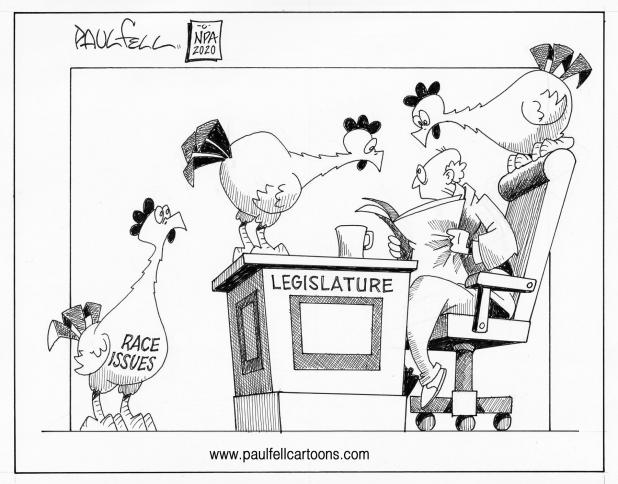
Criminal justice should take center stage in 2021 session
After a summer of discontent spurred by police shootings of several black people, a number of reform issues ranging from police review and public prosecutor transparency to the mortgage process of redlining are being readied for consideration by the Nebraska Legislature.
There’s no doubt a recent report from University of Nebraska at Omaha researchers that black Nebraskans are grossly overrepresented in statewide arrest and incarceration numbers will play a huge role in the debate. The report also concludes that black Nebraskans are significantly underrepresented among those receiving non-prison diversion or intervention services.
One of the researchers, Leah Butler, an assistant professor in UNO’s School of Criminology and Criminal Justice, said she’d like to analyze how some level of disparity at one stage through the process feeds into greater disparities at the next stage. Researchers have been able to identify the disparities but don’t yet have those answers of why.
She told the Legislature’s Planning Committee that it would be easier to compare among agencies and jurisdictions if Nebraska had a “centralized and standardized source of criminal justice data.” Such reporting to one source and making it publicly available would make it easy for members of the public and researchers to access.
Add that to the list. If it takes a bill to do it, get it introduced. We desperately need transparency to sort this thing out and time is of the essence.
The research indicated that the average number of arrests of black people in Nebraska from 2014 to 2019 amounted to 19% of all arrests while blacks make up only 5% of the state’s population.
Compare that to white Nebraskans, who made up 76% of arrests during that time period but are 89% of the state’s population.
Seward, Buffalo, Lincoln and Lancaster counties had the largest percentage of the black population arrested in 2019. About three-fourths of the state’s counties could not be analyzed because of “suppressed data due to low counts,” the researchers wrote.
Butler said the incarceration disparities are even greater than the arrest disparities. White inmates made up 52% of the population at state and federal correctional facilities in 2018, 36 percentage points below their statewide population.
To read more go to: https://etypeservices.com/Imperial%20RepublicanID359/
